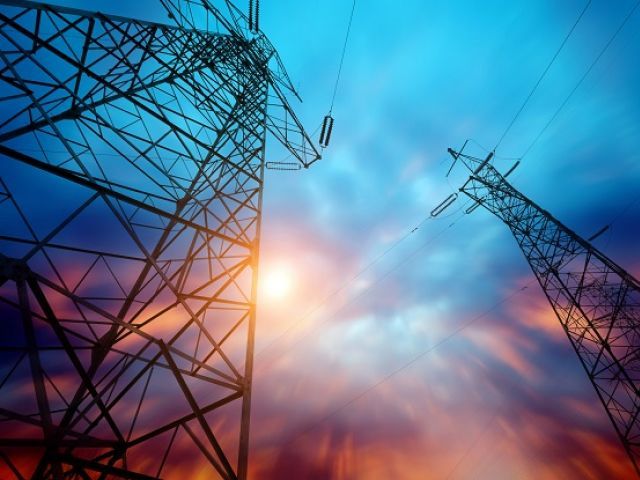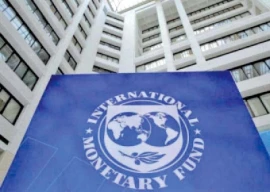
Pakistan is expected to start importing electricity from 2019 as the estimated time for laying power transmission lines from the exporting countries to Pakistan is 40 months.
The lines will be laid over 1,200 kilometres and electricity will be imported from the beginning of May to the end of September every year, which will ease the electricity deficit in summer when the demand is at its peak.
“The project cost excluding the interest during construction (IDC) is estimated at $873 million, based on the current market conditions, which may change over time in response to the market volatility,” said Nepra.
The World Bank and the Islamic Development Bank are lenders for the project.
“The commentator suggested that some subsidy or grant must be demanded from the project promoters and donor agencies so that the cost of supplies to Pakistan becomes more attractive and competitive,” it said.
“An upper limit of tariff may be built in the PPA (power purchase agreement), as it appears that escalation uncertainties may result in an increase in tariff beyond Rs10 per kWh which will not be desirable at all,” it added.
“The tariff comprises energy charges at 5.15 cents/kWh, transmission charges at 2.91 cents/KWh, Afghanistan transit fee at 1.25 cents/kWh and Tajikistan wheeling charges at 0.10 cent/kWh.”
The sellers (Tajikistan and Kyrgyzstan) committed to providing 1,000 megawatts of electricity to Pakistan. It can even buy 1,300MW if Afghanistan abandons its share of electricity.
“The exporting countries have conveyed that they shall be able to deliver more than 4,000 GWh of energy in a normal year and 4,434 GWh in a wet year,” said the notification.
“The reference tariff has been calculated on the basis of annual energy available for transmission ie 4,317 GWh.”
Apprehensions
The notification also expressed apprehensions concerning the project’s viability, terming it highly questionable, both in terms of profitability and risk profile.
“In order to improve its viability, its capacity and scope may be expanded by increasing the transmission capacity to 3,300 megawatts, by adding thermal sources such as gas-fired NGCC at Turkmenistan (possibly replacing Tapi) and adding a thermal power plant (coal-fired) in Afghanistan,” it said.
“The major portion of transmission line will be laid in Afghanistan, whereas a small portion of 100km will be in Pakistan. The Pakistani side mainly consists of tribal area or settled troubled areas.”
“Afghanistan is probably not interested in the project which makes the project very risky and may result in lack of interest in securing the transmission line. The reason for lack of Afghan interest also indicates bad economics and risk profile of the project.”
“Afghanistan may have better alternatives than seasonal supplies of Casa-1,000 project,” it added.
Published in The Express Tribune, June 23rd, 2016.
Like Business on Facebook, follow @TribuneBiz on Twitter to stay informed and join in the conversation.

1732441915-0/BeFunky-collage-(12)1732441915-0-165x106.webp)

1732438802-0/BeFunky-collage-(11)1732438802-0-165x106.webp)













COMMENTS
Comments are moderated and generally will be posted if they are on-topic and not abusive.
For more information, please see our Comments FAQ